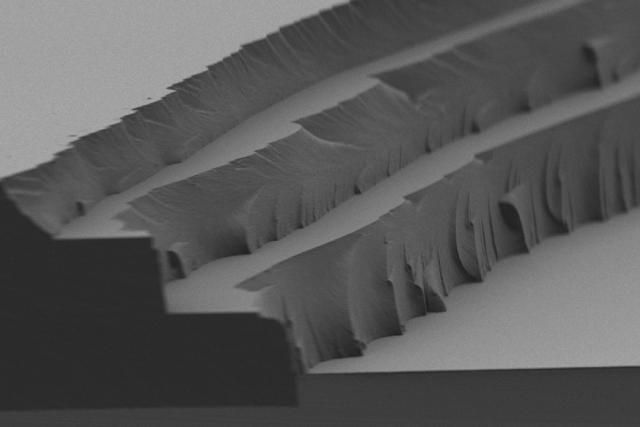Imagine a sweater that can automatically heat up on command. When you go out, you don’t need to take your coat and don’t have to worry about the weather. Or wipers that automatically preheat to easily remove ice from the windshield. Sound like a glimpse of the future already? But thanks to the invention of new materials, it will soon become a reality.
Researchers at MIT have invented a new transparent polymer membrane that captures heat from the sun and stores it for later use. Unlike traditional methods of storing solar energy by taking heat from the sun and storing it as electricity, the new solar thermal storage transparent polymer film preserves solar energy in a chemical state. Once stored, the stored solar heat can be released through a simple chemical reaction. Since heat dissipation cannot be avoided regardless of the surrounding insulation, chemical storage systems can hold energy in a stable molecular configuration indefinitely until a small shock (or slight electrical current) triggers its release.

Three distinct layers (each 4 to 5 microns thick) that make up the solar thermal fuel polymer film
Previous attempts to store solar heat in chemical states have been limited in practical deployment because they were designed for use in liquid solutions. However, due to the new material’s solid-state film form, it can be combined with a wide range of product categories. The film is so thin that it can be sandwiched between the panes of windshields and even woven into clothing. Once woven into an object, the material requires only a slight burst of heat or electricity to release the stored energy, raising the temperature of the surface by around 10 degrees.
This means that the clothes you wear during the day may be able to absorb heat reserves and release them at night. Because the new material is transparent, it could also be used on a car’s windshield to automatically melt ice that forms on it. Unlike current car windows, which have heated wires embedded in the glass to melt ice, making it opaque, the law prohibits such wires from being placed in front windows because they could obstruct the driver’s view.
But on a more practical level, the new solar thermal storage material could reduce the amount of energy needed to heat windows and de-ice cars in cold weather, and for electric vehicles this could reduce energy consumption. 30%. Instead, if these EVs could store additional heat in chemical reactions, the energy from their batteries would be diverted to other functions.
But it’s too early to expect to see this amazing material appearing in your clothes and cars. The researchers are further adjusting and optimizing this material, which still has a slight yellowing phenomenon . The researchers hope to eliminate this problem before commercialization, and work to increase the ambient temperature rise caused by the heat released by the material from 10 degrees to 20 degrees.



 微信扫一扫打赏
微信扫一扫打赏
